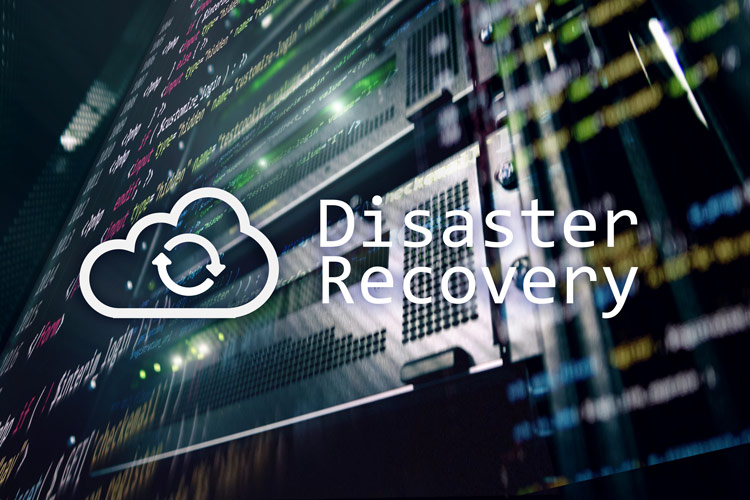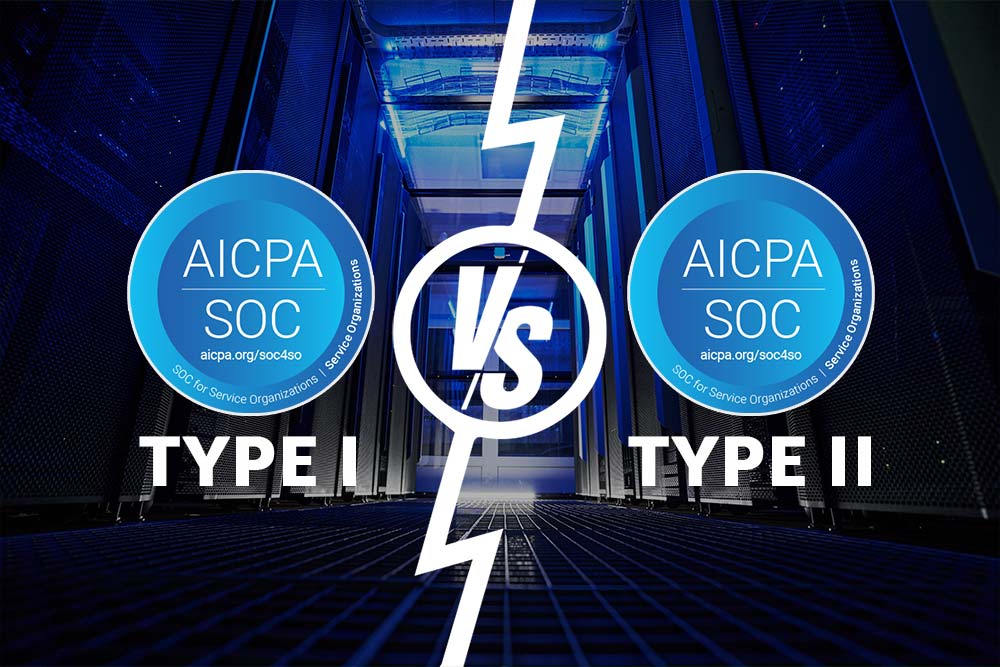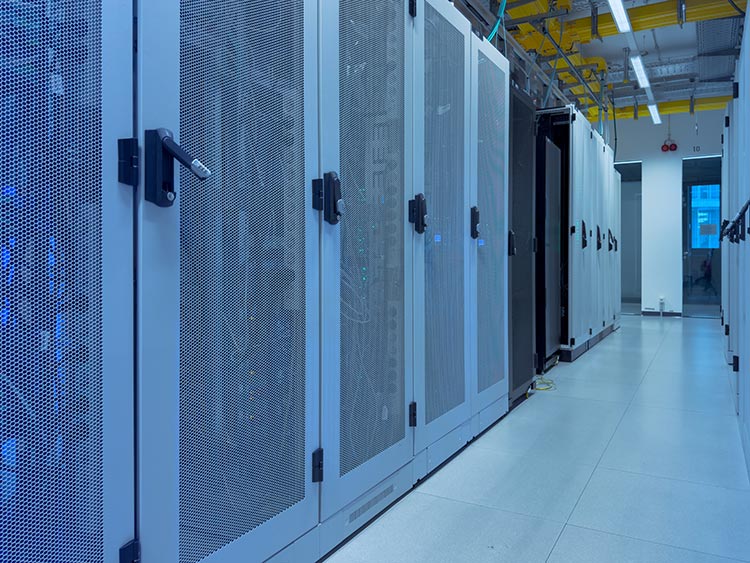Hyperscale and microscale are two new types of data center technologies. Hyperscale alters the design of data centers. Microscale alters the method of data center delivery. A thorough understanding of each will help businesses determine if either technology or both, is right for their IT needs.
Hyperscale servers
Hyperscale refers to servers that can be customized, easily put together, and quickly modified. They can be scaled to a large level to meet the ever-increasing demands of users by emphasizing virtualization (the ability to make a copy of an operating system storage device, or other computer systems, networking, and storage that is software centered. Hyperscale is being used by Google, Amazon, Facebook, Microsoft, and other huge companies that use cloud-based servers designed to allow companies room to grow.
Hyperscale means:
- Massive scaling. Companies can start small and then add servers, networking, and storage components as the company grows. The growth doesn’t need to be proportional. Each component can grow independently if need be.
- The ability to compete with larger companies. Hyperscale works by decoupling the data center from the underlying infrastructure. Smaller companies, as well as the big players, can use it so they can be prepared for the growth of the Internet of Things (IoT) – the connecting of more and more devices.
- Cloud based services. Hyperscale data centers are essentially a cloud-based method of delivering services. Hyperscale data centers minimize the need for physical space and electrical or cooling power through extensive use of virtual servers. They provide a distributed computing environment with an emphasis on software over hardware. Hyperscale data centers can respond quickly to the changing demands of the customer.
While many big companies use large, centralized data centers, other companies are beginning to use smaller facilities in cities that weren’t prime for the large centers. These data centers are known as edge centers, and are ripe for hyperscale development and IoT expansion.
Microscale computing
Where hyperscale refers to massive computing needs, microscale is at the opposite end of the spectrum. Electrical power, cooling, and hardware are self-contained. Yet, hyperscale’s emphasis is on software to assist in computing, networking, and storage needs. Microscale computing is good for local needs where data doesn’t have to travel too far.
Microscale has two attractions for IT customers:
- Hierarchical model. In this approach, the mega centers are at the top, edge centers occupy the middle, and microscale data centers occupy the bottom. Information filters from the bottom to the top. In return, the lower levels only get the information from the higher levels that they need. Here, the emphasis is on the bigger centers, and microscale data centers are only used as needed.
- Multiple node models. Here, the microscale data center is like an individual node in a hyperscale data center. Data and services, for example, can be striped across the multiple small data centers, giving a level of resiliency and availability that would otherwise require specialized services and/or facilities in the current data center delivery model. This view requires building out almost from scratch, as the primary purpose for an existing data center in this model would be to eventually provide the data and applications that would migrate to multi-node microscale data centers.
Learn which data center architecture is right for your company.
As applications and the IoT continue to grow, companies need to be able to keep pace. Hyperscale and microscale are two current technologies that many companies are using to scale their operations for these expansions and their own business growth. For guidance on scale and data center questions, speak with one of our data center professionals.
Discover how Volico can help you with your Data Center needs.
• Call: 888 865 4261
• Chat with a member of our team to discuss which solution best fits your needs.












